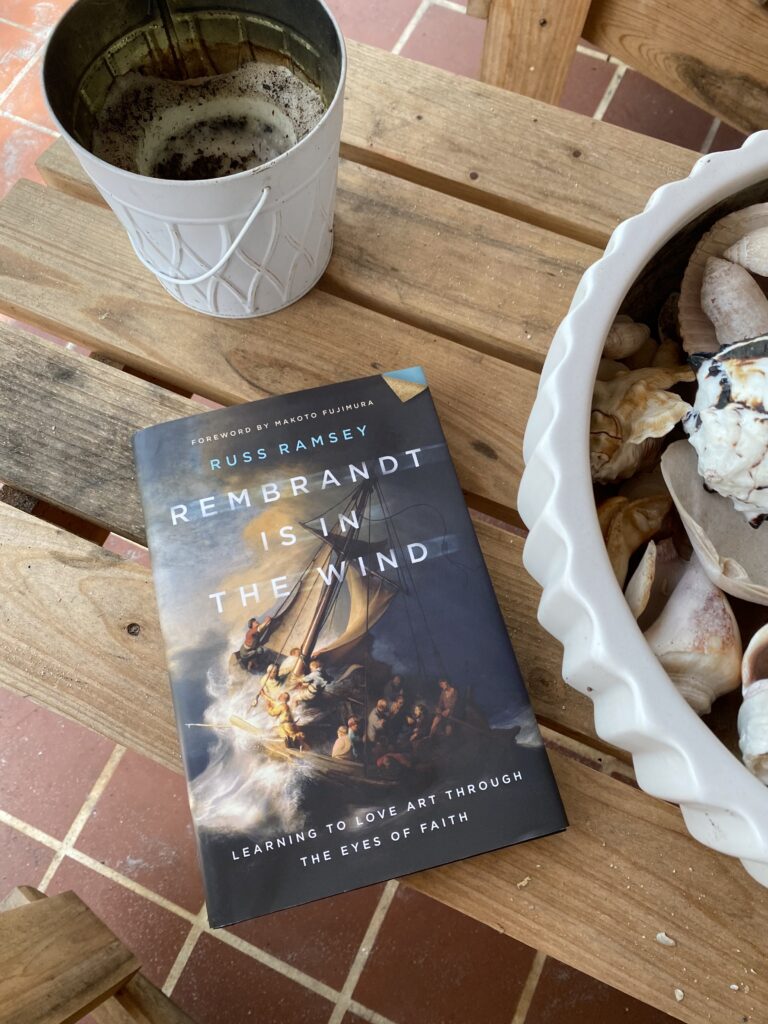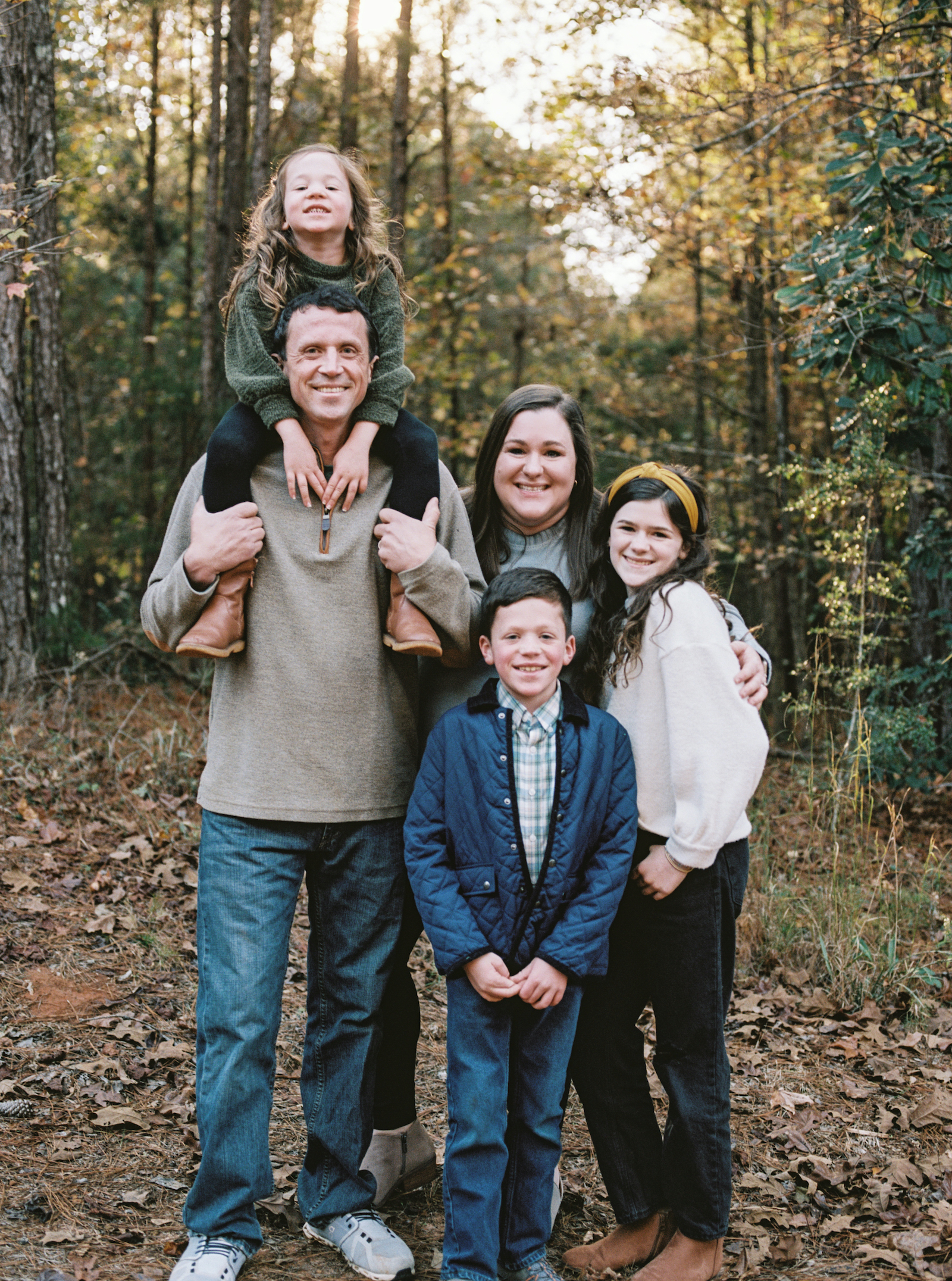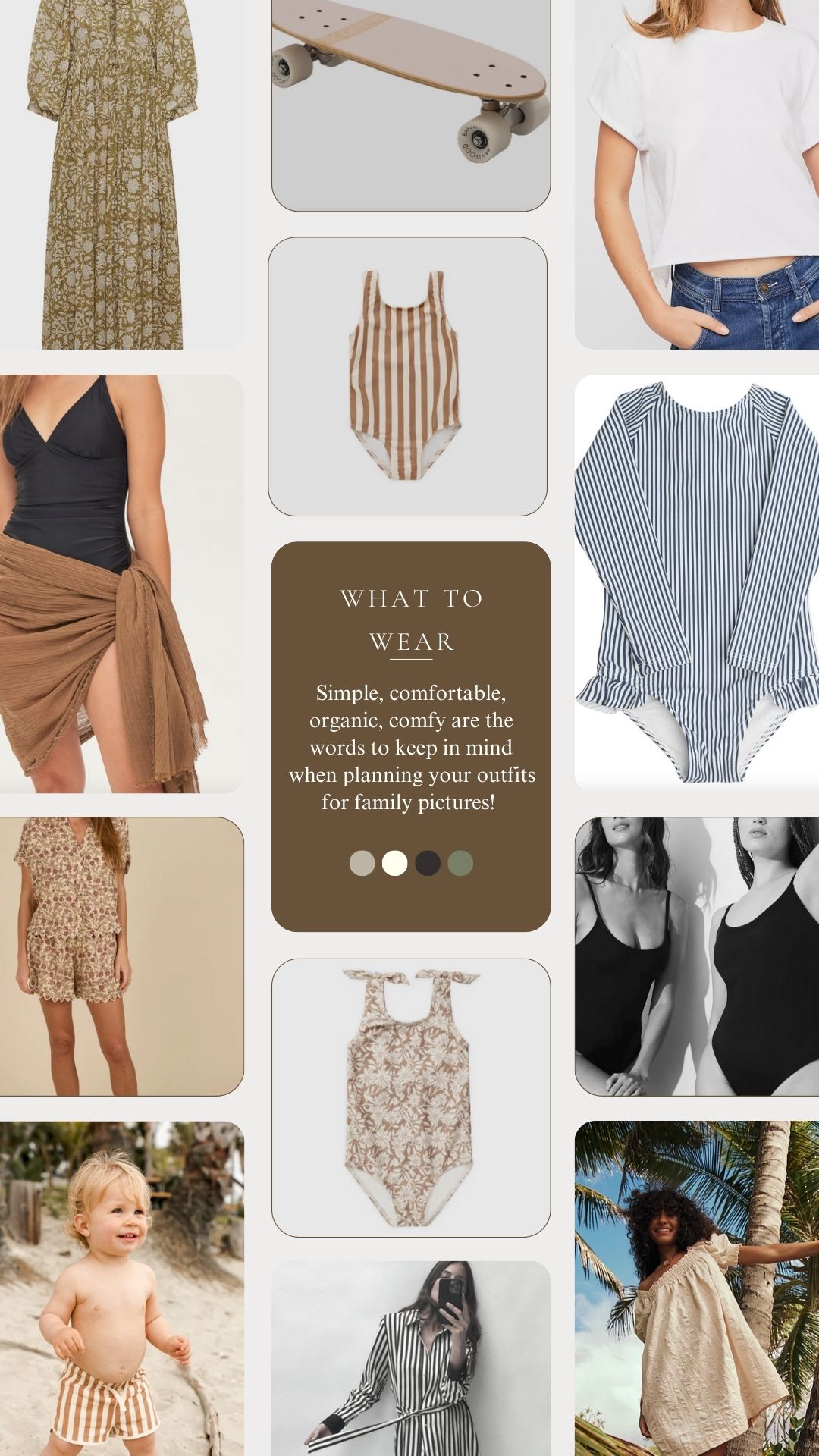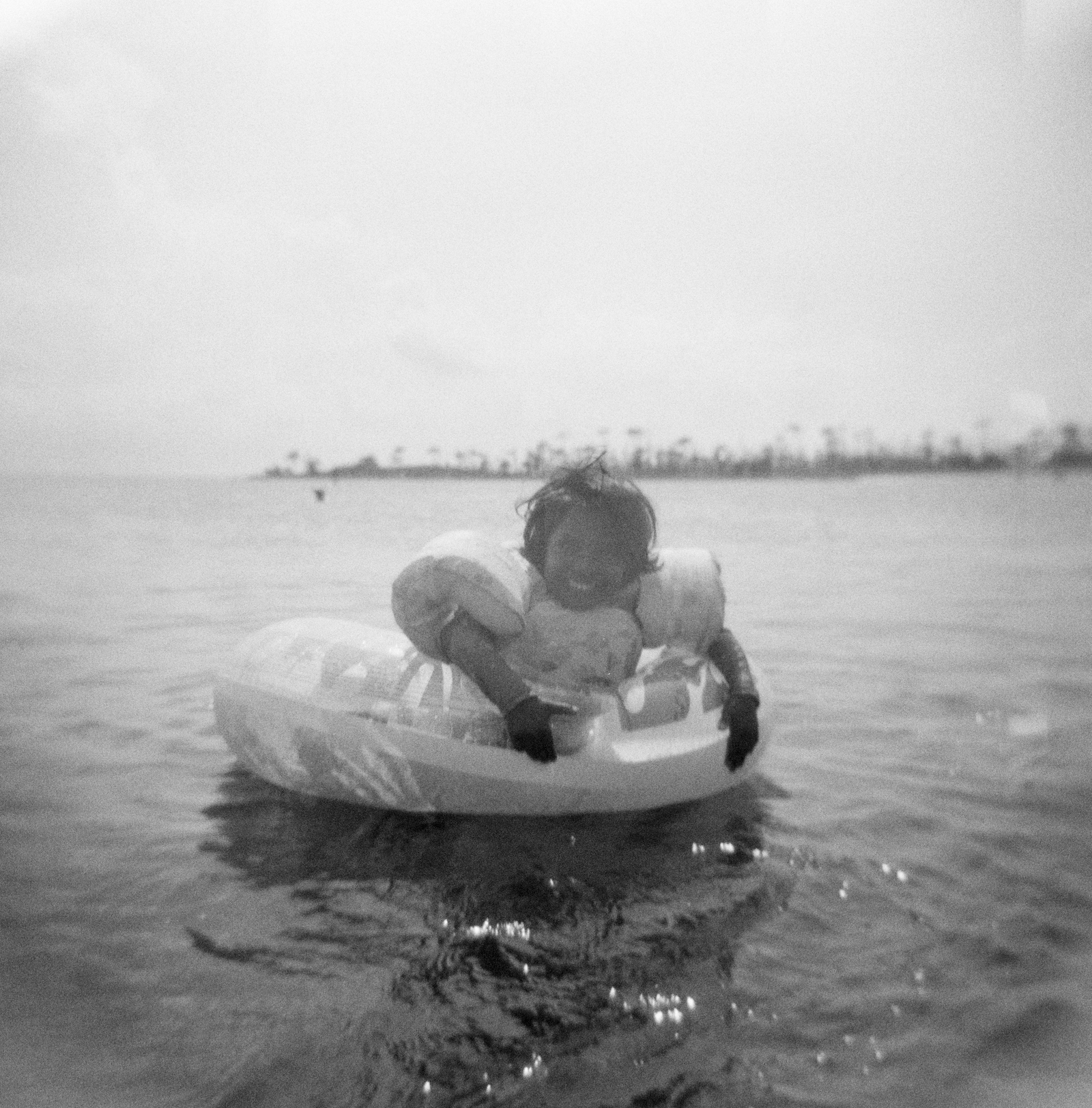Are you wondering what are the five best books for creatives?
Besides taking three years off social media, reading has impacted my creative journey more than anything else to date. Here are five of the best books for creatives, in my opinion, for you.
You make look at this list and think these are the best books for creatives? But let me explain. These five books appeal to the creative heart in different ways and together they make a complete combination. Or they have for me. Without further ado here are my favorite best books for creatives!
Five Best Books For Creatives
- The Artists Way By Julia Cameron
- Rembrandt Is in The Wind By Russ Ramsey
- Leonardo’s Notebooks Edited by Anna Suh
- The Compound Effect By Darren Hardy
- Van Gogh’s Letters Edited by Anna Suh
I am going to break down each book for you, explain how it has impacted my creative journey, share some of my favorite quotes from the book and finally, give you my key takeaways.
The Artist Way by Julia Cameron
When I first heard about this book and read the title I was a little hesitant because on the cover it says, “A spiritual path to higher creativity.” I did not want to get something that was a little out there but let me go ahead and tell you now – this one is my top choice for best books for creatives.
Here is why – while Julia often times relates to the spiritual as a higher power or god – she is exactly spot on in all her writings especially when you view it through the lens of the one, true God.
I have read the Artist Way every year for years now. It is in a sense a workbook but also a book that you can’t help but write down almost every paragraph. It is like a guide that helps you get to the core of creativity, what inspires you as a creative and how to take action.
Every morning Julia recommends writing what she calls morning pages. These are three pages of free writing. She believes that it helps unblock your creativity and get everything out on paper so that you can let other things – like creativity – flow through. I have been practicing morning pages since reading this book. I am not always consistent but I can absolutely tell a difference in the days that I do them. My morning pages end up looking like prayers, to do lists for the day, things that inspire me and ideas that I have.
Some of the things that end up coming out during these morning pages will take you even off guard. It did for me and I accredit morning pages to successful changes I have made in my business.
For example, years ago I kept writing and noticing that I was passionate about preserving family portraits. At this time, I was not offering albums etc. to clients but in my heart of hearts believed so much in a family having one. It was through writing morning pages that I realized I was missing the tangible in my photography business. I missed working with my hands and seeing something tangible in my work. Photographing a family, editing their images on a computer and sending them off in an online gallery – never to come into contact with anything truly tangible to show for a day’s work – was not enough for me.
So, I changed my business structure ENTIRELY. It has been such a success for my families who now thank me for showing them what they were missing in not printing their pictures and such a success for my creative soul.
All of this came about because of reading the Artist Way and practicing writing morning pages.
Lastly, she prioritizes play as a creative. She urges you to go on what she calls artist dates. These are days that you put on your calendar to feed your creativity or “inner well.” You are supposed to forget the work and instead play with your craft – the things that inspire you.
Key Takeaway – Way too many (hence why I read it every year). Play is the secret to great art. Establish artist dates to fill your creative well. Write, write, write. (Literally – 3 pages.)
Favorite quotes from the Artists Way
We forget that the imagination at play is at the heart of all good work. – Julia Cameron
The artist brain is the sensory brain: sight and sound, smell and taste, touch. These are the elements of magic, and magic is the elemental stuff of art. In filling the well (the artist well), think magic. Think delight. Think fun. Do not think duty. Do not do what you should do – spiritual sit-ups like reading a dull but recommended critical text. Do what intrigues you, explore what interests you; think mystery, not mastery. – Julia Cameron
It is impossible to get better and look good at the same time. -Julia Cameron
The capacity for delight is the gift of paying attention. -Julia Cameron
Ideas don’t get opening nights. Finished plays do. -Julia Cameron
Serious art is born from serious play. – Julia Cameron
A mind too active is no mind at all. -Theodore Roethke
The creation of something new is not accomplished by the intellect but by the play instinct acting from inner necessity. The creative mind plays with the objects it loves. – C.G. Jung

Rembrandt is in the wind by Russ Ramsey
Can I just say how cool it is that this pastor went head first into studying art? Like really studying it. He informs the reader of the history, the materials, the artist, the culture of the time… He then uses his knowledge to then see art/creativity in light of faith and biblical perspective.
I loved learning about materials and history in Michelangelo’s sculpture of David for instance. Did you know that two other people tried to make something out of the marble that Michelangelo used for David before he did and failed? Russ even dives into the stance of David and how it parallels with the biblical recordings as he came face to face with Goliath.
Why does this book make it on my list of best books for creatives? I think that a book that dives into timeless art fuels creativity in the modern mind. A true artist – no matter what form your artistry lies in – needs to stare at things that have stood the test of time for inspiration before modern day comparisons in order to create depth in your work.
That’s my take, at least. And this book does just that.
Key Takeaway – Educate yourself in history. A deep knowledge of history is a funnel for impactful and meaningful art.
Favorite quotes from Rembrandt is in the wind
Beauty is a relic of Eden – a remnant of what is good. It comes from a deeper realm. It trickles into our lives as water from a crack in a dam, and what lies on the other side of that dam fills us with wonder and fear. Glory lies on the other side. And we were made for glory. -Russ Ramsey
We are drawn to beauty, and we instinctively know that somewhere, somehow, such a thing as perfection exists. We seek both beauty and perfection, at great expense of money and time. Beauty we can find. It’s all around us, in a million different forms. Perfection, on the other hand, eludes us. It is as though, to borrow an expression attributed to Meister Eckhart, perfection inhabits our true home, but we are walking in a distant country. We are like revenants. On the other side of the veil is the tangible glory of unfailing perfection, but it is just out of our reach. So, we have given ourselves to the pursuit of making copies from the dust of the earth, compressed by time, crafted by pressure, but conceived by something more than mere imagination. Our best attempts at achieving perfection this side of glory come from an innate awareness that it not only exists, but that we were made for it. – Russ Ramsey

Leonardo’s Notebooks Edited by Anna Suh
This was one of the first books that I have read that felt like a creative treasure. It is one of the best books for creatives no matter what type of creative work you do.
I think it was one of the first books actually that made me feel inspired by old artists and realize the depth of creativity in their work. (Hence why it is in the best books for creatives list!) Since then I have drawn most of my inspiration from these creatives. Leonardo da Vinci has become my favorite artist to date. This book is a collection of his notebooks, sketches, writings and pursuits. It is pure gold. When I first came across it in books a million, I opened it up and was immediately drawn in by the abundant sketches in the book. Leonardo was a true artist that went deep which we are so fortunate to see in his writings.
What I also found was how intelligent Leonardo was not just in the sphere of painting. He was an architect, geometrician – you name it. He used these things as a channel for creativity into his paintings. When I read this, I felt such freedom in that I don’t have to simply stay in photography. As a creative we have the freedom to dip our hands into all kinds of artistic pursuits! This is a way to fill our well, as Julia Cameron would say. Modern day culture would say stick to something and niche it down so small that you become stifled. Not Leonardo.
I think out of all of these books – this one is my greatest treasure. It is one to go back to time and time again to get a glimpse into the philosophy of this creative genius.
I actually loaned my first copy to a friend and never got it back so I went out and bought a second one because I had to have it.
Let me stop here and once again tell you – I think what is missing in creativity nowadays is our inability or irresponsibility to form deep thoughts. It is so evident that artists such as Leonardo spent more time in thought, contemplation of nature and attention to details than he ever did in his work. Nowadays we like to spend more time in work – and cross our fingers that we create something worthwhile. Reading books like this one makes me truly realize that to create good work – deep work – there has to be time for deep thought.
And nature.
Lots of nature.
Key Takeaway – Uhhh, I love Leonardo so much. Pay attention. But don’t just look – study. If you are a photographer, study the human form. Study muscles and how movement impacts the story a portrait tells. Dip your hands in everything that interests you. Don’t niche yourself down to mere existence. Be a full person and in turn, create full art.
Before I give you some of my favorite quotes from this book, let me leave you with a quote from Vasari about Leonardo da Vinci himself:
Possessed of a divine and marvelous intellect and being an excellent geometrician, he not only worked at sculpture, but also prepared many architectural plans and buildings… he made designs for mills and other engines to go by water; and, as painting was to be his profession, he studied drawing from life.
Favorite quotes from Leonardo’s notebooks
So often a master’s work resembles himself. So, select beauties as I tell you, and fix them in your mind. -Leonardo da Vinci
Which is best, to draw from nature or from the antique? It is better to imitate the antique than modern work. But painting declines and deteriorates from age to age, when painters have no other standard than painting already done. Hence the painter will produce pictures of small merit if he takes for his standard the pictures of others as was seen in the painters after the Romans who always imitated each other and so their art constantly declines from age to age. But if he will study from natural objects he will bear good fruit. -Leonardo da Vinci
For verily, great love springs from great knowledge of the beloved object, and if you little know it, you will be able to love it only little or not at all. -Leonardo da Vinci
Historical pictures ought not to be crowded and confused with too many figures. -Leonardo da Vinci
Many are they who have a taste and love for drawing, but no talent; and this will be discernable in boys who are not diligent and never finish their drawings with shading. -Leonardo da Vinci
Those who are in love with practice without knowledge are like the sailor who gets into a ship without rudder or compass and who never can be certain whither he is going. Practice must always be founded on sound theory, and to this, perspective is the guide and the gateway; and without this nothing can be done well in the matter of drawing. -Leonardo da Vinci
The Compound Effect by Darren Hardy
This book is all practical, friend, which is why I think it is one of the best books for creatives. (Want something even more practical? Darren has a podcast you can listen to daily called DarrenDaily!)
Back to the book, though. Sometimes as creatives we can lean more to the inspiration side of things when what we really need is a kick in the butt to take action on our dreams, ideas and inspirations. The compound effect is the book for just that which is why I included it in this list. Boiled down, the compound effect is the idea that small actions, taken consistently produce the biggest impact.
How does that apply to us creatives?
Do the work. Everyday. Even when you don’t feel inspired. Do the work.
Patience, consistency and time produce massive rewards.
(My favorite time to read this book is on a morning walk.)
I am only going to leave you with one quote because like I said, it is incredibly practical in guiding you to reach your creative goals.
You can only control two things in life: your attitude and your actions. -Darren Hardy
Key Takeaway – Do the work. It’s as simple as that.
Van Gogh’s Letters Edited by Anna Suh
I will be honest. Van Gogh’s life makes me sad. We all know him as a troubled person. But the reason I included this book in the best books for creatives list is because he has still given us some of the most renowned art to this day even considering he was not well known in his lifetime. The more good art we feast on – the more it impacts our work as creatives for the better.
Van Gogh was a brilliant mind. Troubled, yes. But nonetheless I think he (like all creatives) give us a glimpse of Glory.
While he is known more for his paintings, his sketches are my favorite and they are in the pages of this book.
Favorite quotes from Van Gogh’s Letters
When the object represented is, in terms of style, in absolute harmony and at one with the way it is represented, isn’t that what gives a work of art its quality? -Van Gogh
…Since these things should not be rubbed out but preserved with great care; for the forms, and positions of objects are so infinite that the memory is incapable of retaining them… -Van Gogh (He carried a notebook around with him so that he could sketch people etc. to remember the movement, feeling etc.)
However, I would rather paint the eyes of people than cathedrals, because there is something in their eyes that is not in the cathedral, solemn and imposing as it is – the soul of a human being, whether that of a poor beggar or a street girl, is in my view more interesting. -Van Gogh
Ah, a painting has to be painted – and why not simply? -Van Gogh
Key Takeaways – (I think this can tie into the Artist Way book and key takeaway…) Don’t take yourself and your art too seriously. Enjoy being creative and play often! While Van Gogh had underlying illnesses, one thing I have gleamed from him is that taking creativity too seriously can be taxing on the mind. You are more than what you produce, creative friend.
I hope you have enjoyed this list of my top five choices of best books for creatives. There is a mix of practical and inspiration in there – but combined, I think it is a well of knowledge for every creative soul!
What are your favorite books for creatives?







Absolutely love “Van High’s Letters” .. I believe we can all feel like him sometimes but he made such beauty during his troubled life. The truth is it’s so difficult to paint in that style because of the time it takes and amount of detail in his work. His sketches are amazing . I have started “The Artist Way” a few times but I need to finish it. I think I will ! Thanks for the book reviews. It’s really hard for me to focus on one thing. I’m really trying hard. That’s why it’s a little difficult for me to read books but I really want to read the ones you’ve recommended. Thank you
<3 You would know about the difficulty Van Gogh faced being an artist yourself. You definitely should finish the Artist Way - just substitute God as the "spiritual" and it is spot on.